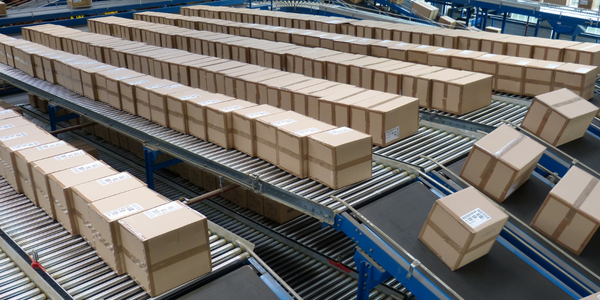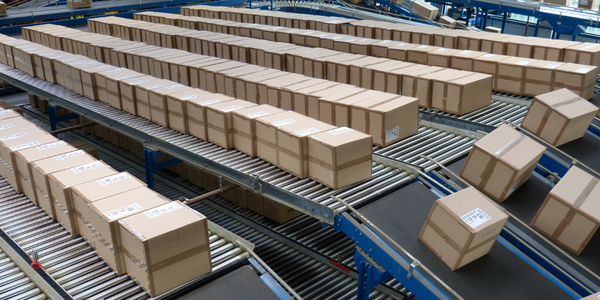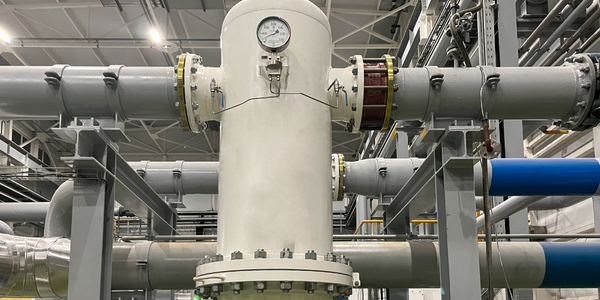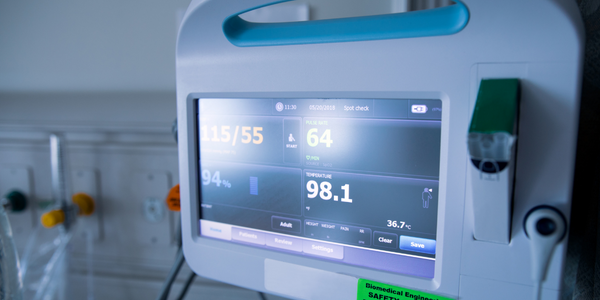技术
- 功能应用 - 库存管理系统
- 传感器 - 电表
适用行业
- 包装
适用功能
- 仓库和库存管理
用例
- 智慧城市供水管理
- 库存管理
服务
- 系统集成
关于客户
Heart Water 是一个可持续水品牌,总部位于德克萨斯州奥斯汀。该公司采用一项正在申请专利的独特技术,在雨水落下后立即收集雨水,而无需接触地面。这使得 Heart Water 成为少数几个可以声称真正可持续的水品牌之一,利用制造时收集的雨水和可持续包装。尽管拥有卓越的产品,Heart Water 在打入由大公司的知名品牌主导的市场时面临着巨大的挑战。为了竞争,该公司需要一个能够提供现代销售工具并能够无缝处理多渠道销售的库存系统。
挑战
Heart Water 是一家位于德克萨斯州奥斯汀的可持续水品牌,在管理库存方面面临着重大挑战。该公司使用正在申请专利的独特技术来收集雨水用于装瓶,该公司正在努力打入由大公司的知名品牌主导的市场。为了竞争,Heart Water 需要一个能够提供现代销售工具并能够无缝处理多渠道销售的库存系统。该公司既进行直接向客户销售 (D2C) 的销售,也进行批发销售 (B2B) 的销售,因此需要一个能够跟踪生产、批次和 SKU 的系统,无论销售渠道如何。在实施解决方案之前,Heart Water 结合使用 QuickBooks Online 和 Excel 电子表格来管理库存,事实证明这种方法效率低下且不足以满足其不断增长的需求。
解决方案
Heart Water 在基于云的库存管理系统 Cin7 中找到了解决库存管理挑战的解决方案。 Cin7 为 Heart Water 提供了他们所需的库存透明度,使他们能够跨多个销售渠道跟踪生产、批次和 SKU。该系统固有的灵活性和可扩展性是 Heart Water 决定实施 Cin7 的关键因素。该系统可以随着业务的发展而增长,并且可以根据需要添加新功能或将其上线。 Cin7 还与其他关键业务 SaaS 系统(例如 Shopify、ShipStation)以及会计软件(例如 QuickBooks Online)集成,从而提高效率并提高流程透明度。对于任何希望发展业务的产品销售商来说,运营和利润率的可见性至关重要。
运营影响
数量效益

Case Study missing?
Start adding your own!
Register with your work email and create a new case study profile for your business.
相关案例.

Case Study
IoT Data Analytics Case Study - Packaging Films Manufacturer
The company manufactures packaging films on made to order or configure to order basis. Every order has a different set of requirements from the product characteristics perspective and hence requires machine’s settings to be adjusted accordingly. If the film quality does not meet the required standards, the degraded quality impacts customer delivery causes customer dissatisfaction and results in lower margins. The biggest challenge was to identify the real root cause and devise a remedy for that.

Case Study
Zenon the Ideal Basis for An Ergonomic HMI
KHS develops and produces machines and equipment for filling and packaging in the drinks industry. Because drinks manufacturing, filling and packaging consist of a number of highly complex processes, the user-friendly and intuitive operation of equipment is increasingly gaining in significance. In order to design these processes as simple as possible for the user, KHS decided to introduce a uniform, transparent and standardized solution to the company. The HMI interface should meet the requirement for people with different qualifications and enable them to work on a standard platform.

Case Study
Sparks Dynamics Assists Atlas Container Secure a $15,000 BGE Energy Rebate
The ReMASTER Compressed Air Monitoring system was installed in 2015. This system is capable of monitoring compressed air system parameters on a continuous basis and transferring that information to a cloud server which can be accessed by Atlas Container personnel, Industrial Diagnostics and Sparks Dynamics. This information was collected into a database which can be exported to an Excel spreadsheet or displayed graphically using Sparks Dynamics ViewMaster Software. The average annual compressed air electricity expense was estimated to be approximately $116,000. This is based on an incremental $/KWh electric rate of $.091 per KWh and an estimated compressed air energy consumption of 1,279,200 KWH. The implementation phase of Energy Conservation Measures (ECMs) for the Compressed Air System included: • Identification and repair of compressed air leaks • Understanding of compressed air usage per manufacturing machine and installation of shut off valves when the machines are no longer in production mode • Identification of misapplications of compressed air to include blow offs, venturis, and cooling scenarios • Understand system pressure requirements and potential installation of point of use pressure regulation.

Case Study
Mondi Implements Statistics-Based Health Monitoring and Predictive Maintenance
The extrusion and other machines at Mondi’s plant are large and complex, measuring up to 50 meters long and 15 meters high. Each machine is controlled by up to five programmable logic controllers (PLCs), which log temperature, pressure, velocity, and other performance parameters from the machine’s sensors. Each machine records 300–400 parameter values every minute, generating 7 gigabytes of data daily.Mondi faced several challenges in using this data for predictive maintenance. First, the plant personnel had limited experience with statistical analysis and machine learning. They needed to evaluate a variety of machine learning approaches to identify which produced the most accurate results for their data. They also needed to develop an application that presented the results clearly and immediately to machine operators. Lastly, they needed to package this application for continuous use in a production environment.

Case Study
Automated Pallet Labeling Solution for SPR Packaging
SPR Packaging, an American supplier of packaging solutions, was in search of an automated pallet labeling solution that could meet their immediate and future needs. They aimed to equip their lines with automatic printer applicators, but also required a solution that could interface with their accounting software. The challenge was to find a system that could read a 2D code on pallets at the stretch wrapper, track the pallet, and flag any pallets with unread barcodes for inspection. The pallets could be single or double stacked, and the system needed to be able to differentiate between the two. SPR Packaging sought a system integrator with extensive experience in advanced printing and tracking solutions to provide a complete traceability system.

Case Study
Industry 4.0 at ALPLA: Enhancing Factory Efficiency with IoT
ALPLA, a global leader in packaging solutions, faced several challenges as the complexity of their production machinery increased. The need for highly trained specialists in each factory led to higher personnel costs, difficulties in recruiting experienced talent at each location, and costly personnel turnover. Furthermore, less experienced operators running the machines sub-optimally impacted resource consumption and overall equipment effectiveness (OEE). ALPLA also faced the challenge of monitoring visual inspection systems in every line of their plants, which was almost impossible to do manually. In 2016, ALPLA decided to use data from the 900 different types of embedded sensors in each factory to address these issues. However, their initial choice of SQL Server as the data store for the sensor data proved inadequate, as it was unable to cope with their data requirements.







